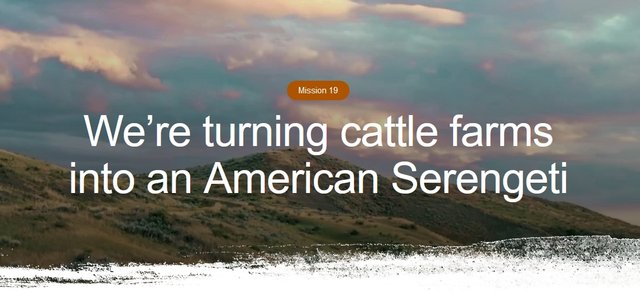
Hello my dear Steemians,
This is the new account “Planetwild” by @stef1 and @myskye. This account is about collecting Steem for the PlanetWild project. That's why I'm going to post once a day. Everything we get together here (Steem, SBD, SP) goes to the project. Then let's see what we can do here...


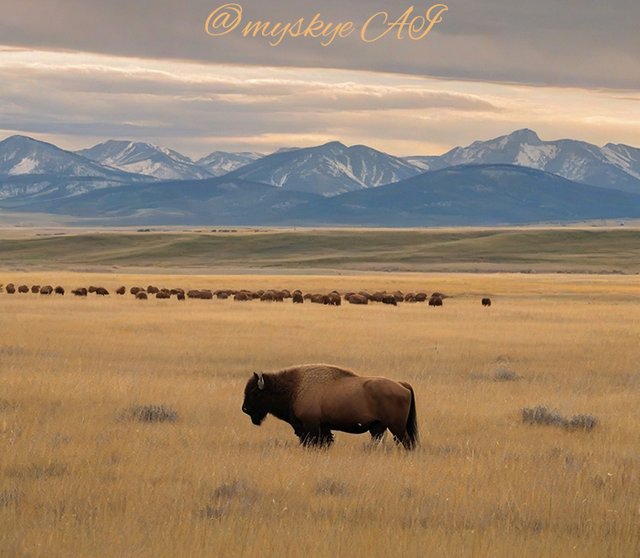
North America was once home to vast, endless grasslands that stretched as far as the eye could see. Known as the ‘American Serengeti,’ these plains were full of life, with herds of bison, elk, and countless other wildlife roaming across 240 million acres—an area almost the size of Texas and California combined. Unfortunately, overhunting and agricultural expansion led to the downfall of many animal populations. Large areas of this natural wonder were converted into cattle farms, forever altering the landscape.
For thousands of years, Indigenous Americans lived in balance with these rich ecosystems. But the arrival of European settlers brought sweeping change. Wildlife was hunted nearly to extinction, the land was fenced off and the vibrant habitat was turned into a monotonous, farmed landscape, stripping away the wild beauty that once defined this region. That’s why we’ve teamed up with an innovative conservation project that could bring back the wild beauty of America’s forgotten grasslands.
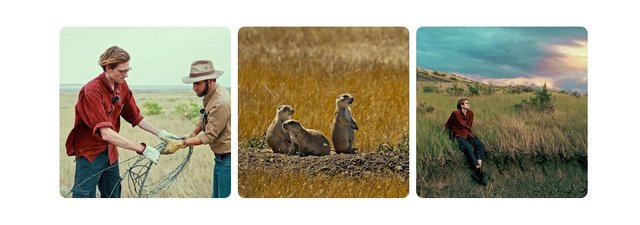
Our partner American Prairie is actively purchasing old cattle ranches and transforming them into protected natural sanctuaries. By saving these lands, they’re not just protecting habitats—they’re bringing ecosystems back to life. They are reintroducing the iconic wildlife that once roamed these plains, allowing bison, pronghorns, and other species to reclaim their rightful place. Thanks to the Planet Wild community, we were able to support American Prairie with fence removal work, pronghorn protection, prairie dog treatment and bison monitoring, to create an uninterrupted prairie habitat.
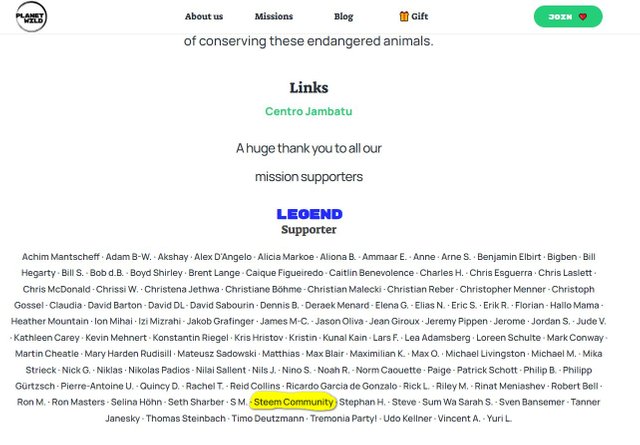


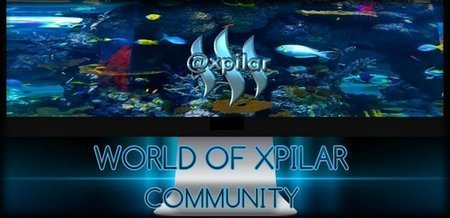
This is such worthy work! And very much necessary, for the future.
I have driven through some of these areas of northern Colorado, Wyoming and Montana and seen herd of bison (although they might have been farmed) in the distance, from some of the smaller roads.
Keep up the good work!
Downvoting a post can decrease pending rewards and make it less visible. Common reasons:
Submit
Yes, watching the video of a project it is breathtaking such vast and endless area. What I like there is no cars, not many people. Unfortunately people tend often forget to collect their rubbish and cause pollution. That is why on one hand even though it is empty on other hand it is pure nature.
I can imagine what kind of feeling seeing those wild animals, they were living there many years ago and I can imagine that people who loved hunting brought those species to its dangerous stage.
It seems to be a hard work and I hope that the team will be able to help bring back wildness with all the inhabitants.
Downvoting a post can decrease pending rewards and make it less visible. Common reasons:
Submit
I wrote about this in Free Market Environmentalists are building America's largest wildlife reserve [with video embeds], and there are more videos there, too.
Since then, however, I've learned that the project also has opposition. I don't know the full arguments of the opponents, but it seems that they're concerned about wealthy philanthropists driving up the price of land in the region and driving out the local farmers. I think they are also concerned about the reintroduction of dangerous species like wolves and grizzly bears that kill the livestock on ranches in the area.
Based on my limited knowledge, I still like the idea, but apparently there is also a potential downside for the local communities. As they say, there's no such thing as a free lunch.
Downvoting a post can decrease pending rewards and make it less visible. Common reasons:
Submit
Thank you for the link it was very interesting to catch up on the article, I believe it is as everywhere two sides of coin. The idea of brining wildlife to its natural territory is a great idea, we make the land live its natural life and if we want or not there are not only animals that do not harm to people or their cattle but there are predators who may bring a lot of harm for farmers.
It would be good to know the explanation of opponents too.
Downvoting a post can decrease pending rewards and make it less visible. Common reasons:
Submit